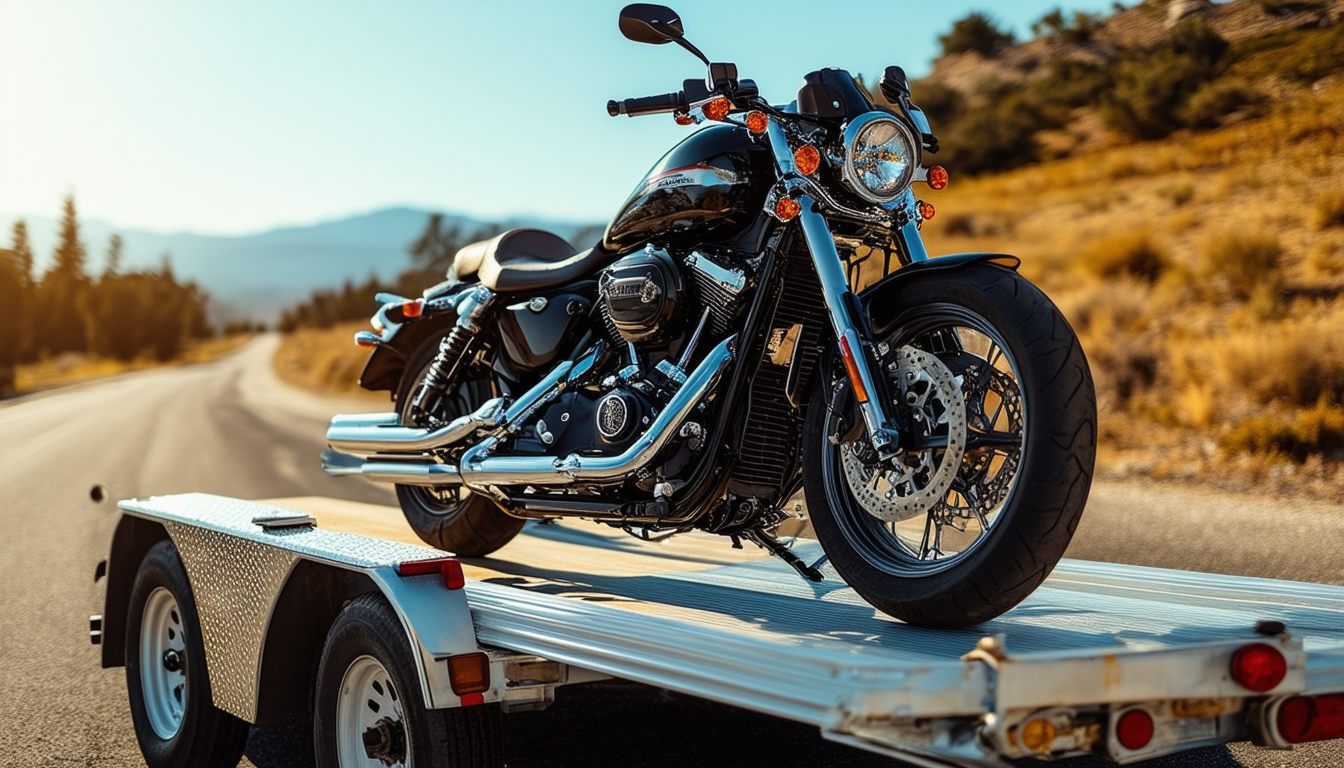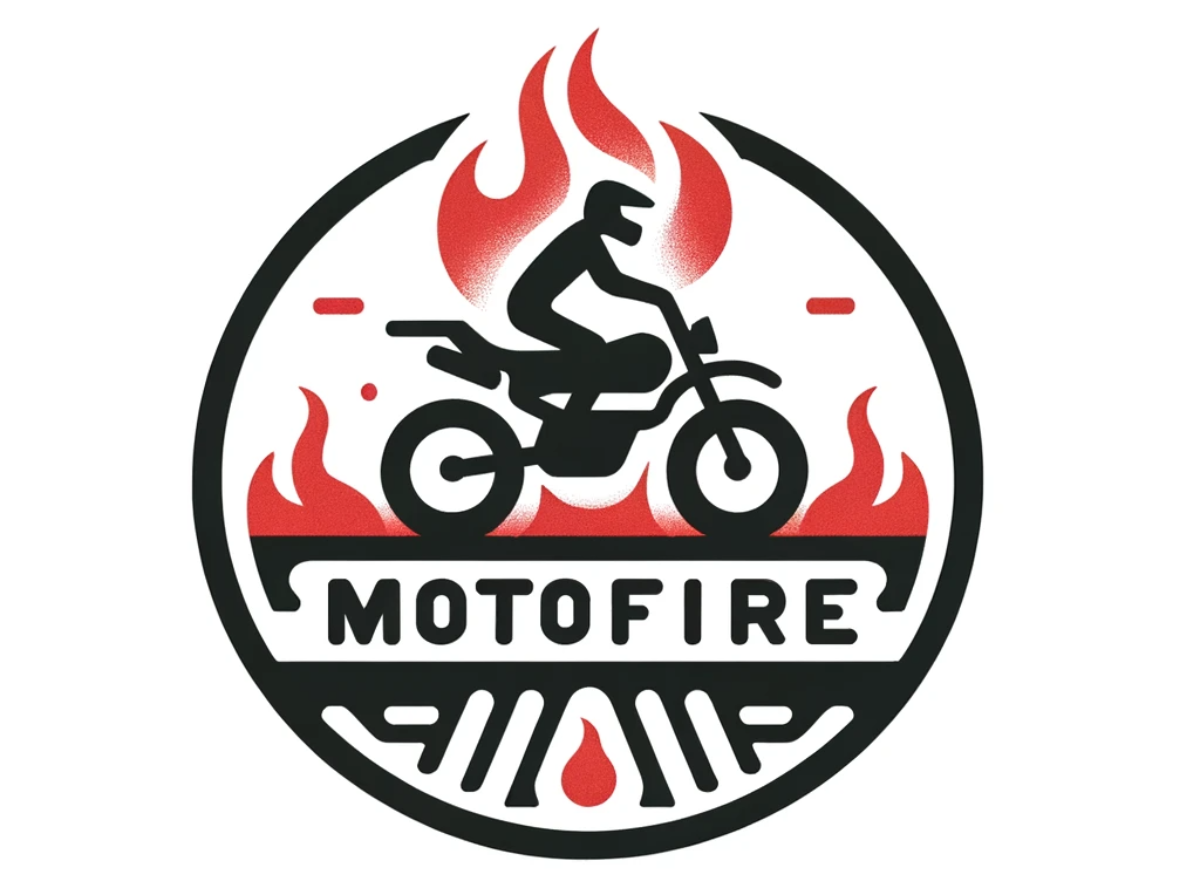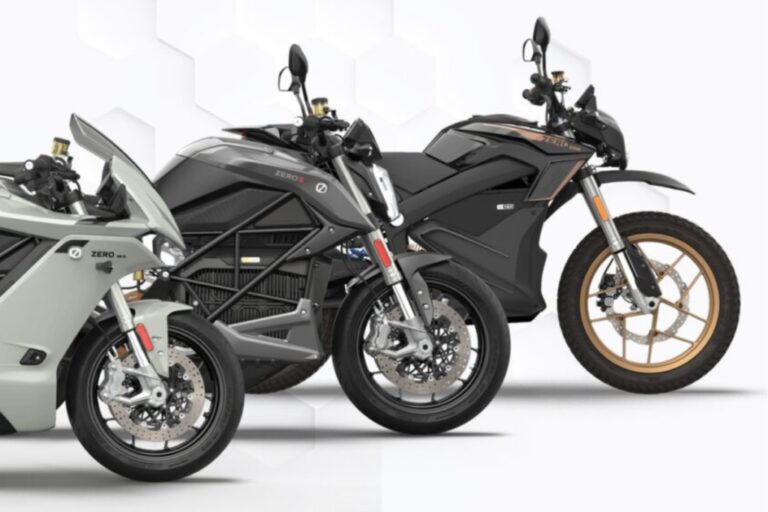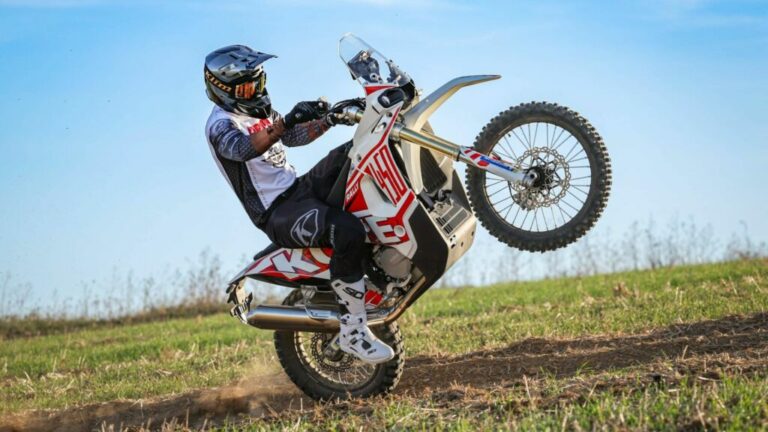Motorcycle Transport 101: Tips for Securely Strapping Down Your Bike

Transporting your motorcycle can feel daunting if you’re unsure about the best practices for securing it. Whether you’re using a truck, trailer, or a van, properly strapping down your bike is essential to ensure both its safety and your peace of mind during transit. With the right techniques and quality equipment, you can prevent damage and enjoy a stress-free journey. In this guide, we’ll cover key tips and strategies for loading and securing your motorcycle efficiently and safely.
When it comes to transporting your motorcycle, ensuring it is secured properly is essential for both safety and the condition of your bike. Whether you’re heading out for an adventure or just moving your bike, there are key techniques and tools you need to know about to keep your ride safe during transit. This guide will cover the essentials of securely strapping down your motorcycle, ensuring that it remains stable while on the road.
Cinch it Down
The first step in transporting your motorcycle is acquiring a quality set of ratchet straps. These are crucial for keeping your bike firmly in place. However, the correct use of these straps involves both art and science. You need to find good anchor points and apply just the right amount of pressure—tight enough to hold your bike securely, but not so tight that it damages the suspension.
An organized approach involves having a dedicated set of straps meant for your bike. This way, they will be easily accessible when you need them. Look for features like plasticized hooks and sewn-in soft straps that minimize wear and tear on your motorcycle while ensuring a tight hold.
Anchor it Down
Securing your motorcycle also requires strong anchor points to tie down effectively. When securing the front of your bike, choose anchor points that apply tension pulling slightly forward on the handlebars. This method helps create firm contact points and prevents the bike from rocking side-to-side during transport.
Utilize a Wheel Chock
A wheel chock is a beneficial addition if loading your motorcycle in a trailer or van. It holds the bike’s wheel in place, providing extra stability while you secure it. Investing in higher-end chocks can provide much better stability, preventing any unwanted movement during the journey.
Secure the Rear
Many focus primarily on securing the front of the bike, which overlooks an important aspect: the rear wheel. Since the front suspension must be compressed to stabilize the bike, this can lead to potential damage if not managed correctly. Therefore, it’s vital to also secure the rear properly with straps that evenly distribute the load and relieve pressure on the front.
Ramped Up
Loading your motorcycle can pose risks, but with the right approach, you can mitigate these dangers. Use a high-quality loading ramp with a secure strap to prevent sliding. Make sure to choose a ramp that is wide enough and leverage natural elevation when possible. This helps ensure a smooth transition for your bike as it is loaded into the transport vehicle.
Transporting your motorcycle safely is crucial to preserving its condition and ensuring a smooth ride. Whether you’re loading it onto a trailer or into a truck, there are key techniques to employ that will protect your bike during transit. This guide will provide essential tips for securely strapping down your motorcycle, covering everything from the right gear to the best methods for anchoring your ride.
Cinch it Down
First things first, you will need a quality set of ratchet straps to secure your motorcycle. Using them correctly combines both art and science. Focus on good anchor points that allow for slight tension without over-compressing your bike’s suspension. The right balance of pressure is crucial; it should be tight enough to hold your bike in place, but not so tight that it causes any damage or discomfort to the suspension system.
Anchor it Down
Securing your motorcycle effectively requires strong anchor points. When strapping down the front of the bike, choose points that will pull the handlebars forward slightly. This will create three firm contact points, preventing the bike from rocking side to side and enhancing stability during transit.
Use a Wheel Chock
Investing in a good wheel chock is essential, especially if you’re loading multiple bikes or using a small space like a van or trailer. A quality chock will hold the wheel steady, reducing the need for multiple tie-downs and providing extra stability when loading and unloading. A bolt-in option offers the best hold, but a portable chock is great for versatility and ease of use.
Secure the Rear
While most attention goes to the front end, don’t overlook the importance of securing the rear wheel. Compression of the front suspension during transport can lead to damage, so it’s critical to also secure the rear to maintain balance. Techniques to secure the rear can include using specialized straps that compress the rear suspension or using a wheel strap for additional support.
Ramped Up
When it comes to loading your bike, the choice of ramp can make a world of difference. Always opt for a high-quality ramp that’s both wide and sturdy, and secure it with a strap to prevent slippage during the loading process. Utilizing natural elevation when available can also ease the loading process and reduce risk.





